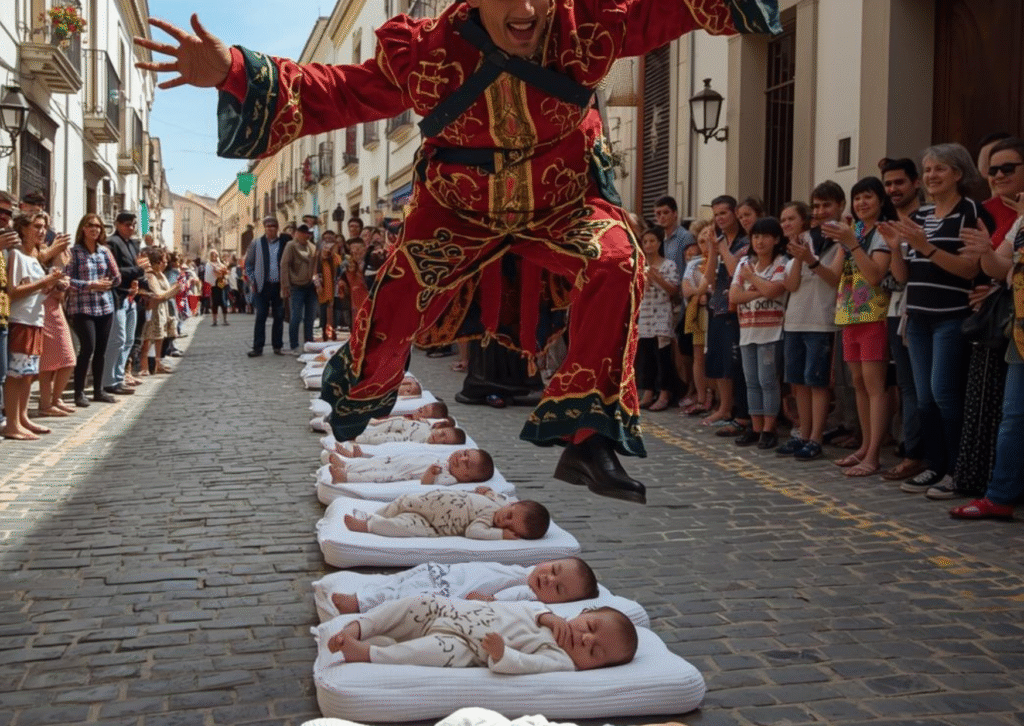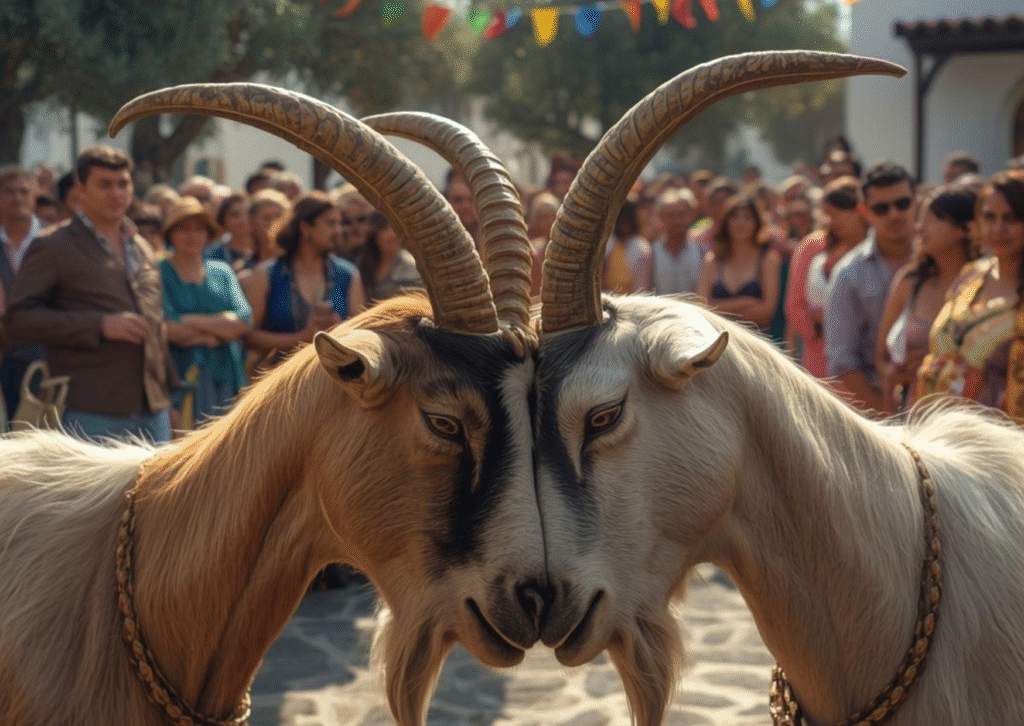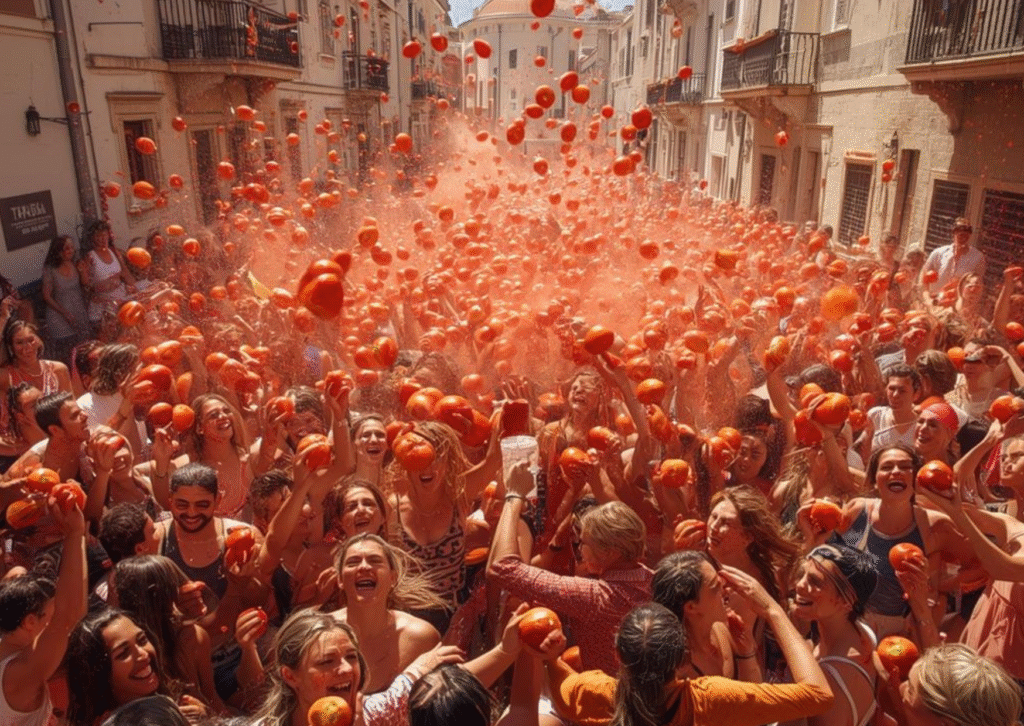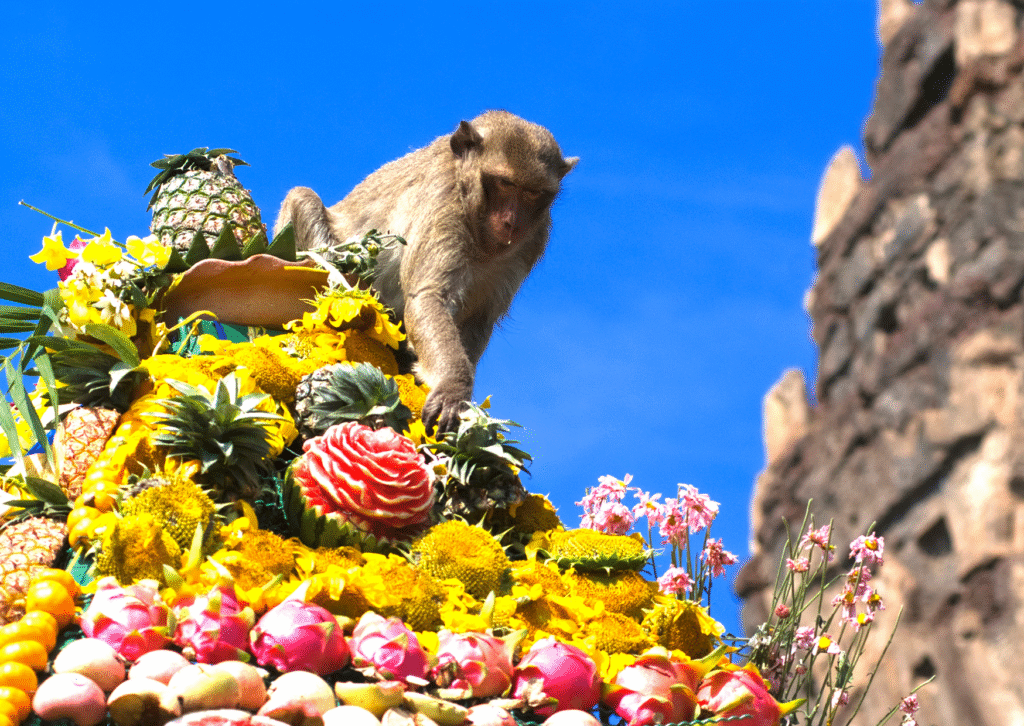Have you ever wondered why some of the world’s weirdest customs are still around? Crazy traditions still exist when culture, community, to be honest, just plain crazy fun meet. Some of these are hurling infants in the air and hitting goats’ heads. We talk about six of the weirdest holidays in the world in this post. These rituals could make you raise your eyebrows, get you interested and highlight how odd and rich human civilization can be. These unusual rites are still going strong in 2025, so get ready if you like strange traditions, strange parties or want to add unique festivals to your trip bucket list.
The Spanish Baby-Jumping Festival

People in the town of Castrillo de Murcia in medieval Spain celebrated El Colacho, which is better known as the Baby-Jumping Festival. Every summer guys dressed in bright yellow and wearing devil masks jump over rows of newborns laying on mattresses in the street.
Not real? It happens every year and has been going on for almost 400 years.
Why It Still Happens: People believe that El Colacho cleanses babies of original sin, keeps bad spirits away and makes sure they grow up healthy. People in the hamlet consider it as a sacred custom that has been passed down for centuries and brings the community and faith together.
What Goes On:
- Babies, who are usually less than a year old are carefully placed on padded mattresses in the cobbled streets.
- The “devil” men run and jump over them with clear feet and a lot of energy.
- People in the neighbourhood watch and sometimes throw candy or pet the “devils” for good luck.
- At the Festival, there are parades, music and dancing all day long.
Tips:
- Go in June,which is when Corpus Christi week is.
- If you want better locations to stay, head to Burgos or León which are close by.
- Book your room early because they go quickly.
- Respect the customs of the area, take pictures silently and don’t worry: the people in charge of the celebration will keep you safe.
The Up-Helly-a Festival in Scotland

Fire and Vikings light up the Shetland Islands every January. Up-Helly-a is a Viking-themed fire event with torches that finishes with the burning of a galley to celebrate Viking culture. There will be a lot of fireworks, costumes and flaming torches.
Why It Still Happens:
Up-Helly-a comes from Norse culture that stretches back to Shetland. It took on its current shape in the 1800s. It’s tribal, it’s dramatic and it’s how a community strongly holds on to who it is.
What actually Happens:
- With torches in hand hundreds of people in brown hooded jackets walk across town.
- Every year a “Guizer Jarl” dressed like a Viking leads the parade.
- At the end of the celebration a copy of a Viking longship called Galley is pulled through the town and set on fire.
- After that there are Shetland stories, music and food.
More Advice:
- Visit in late January for the “A-Level” celebration at the end of the year.
- Book your ferries and somewhere to stay in Lerwick months in advance.
- Dress warmly because it’s chilly and windy by the North Sea.
- To learn more about the culture go to daytime activities like community ceilidhs and craft fairs.
Greece’s Goat-Head-Banging

A unique Easter tradition in the Tzagaroli district of Greece merges animals, tradition and shock value. In the streets, fishermen throw sea bass with their necks tied together upside down and tell goats to head-butt them. This bizarre encounter finishes with gutting fish, killing them and a big meal for everyone.
Why It Still Happens:
This old-fashioned ritual is founded on the concept that symbols can pass down purity. It is a method to respect Orthodox Easter’s views on the circle of life. People are proud of it and it has become a bizarre tourist attraction.
The Ceremony:
- People capture sea bass the day before Easter and tie them up.
- The fisherman brings the fish through town.
- People bring in local goats sometimes against their will and tell them to head-butt.
- As soon as the fish are stunned they are peeled and cooked.
- It’s weird but fun that people from the region get together to eat.
More tips:
- Look at it from a safe and respectful distance.
- Make sure the times of local churches match the commencement of the ceremony.
- Only go if you care about animal welfare and feel safe.
- You can eat traditional Greek Easter food nearby if the ritual gets too wild.
The Big Tomato Fight in Spain, La Tomatina

The biggest tomato fight in the world is La Tomatina. In Buñol, Spain it happens every August. People toss overripe tomatoes at each other in the streets and things get out of hand. Even though it’s messy it’s a lot of fun.
Why It Still Happens:
It began as a food fight between youngsters in the 1940s and developed into a real festival. It was like a virus before “viral” was even a word: messy, enjoyable for everyone and fantastic for taking pictures.
What you can look forward to:
- A lot of squishy tomatoes come in on trucks.
- A large signal (water cannon) advises you when to go and when to halt.
- Everyone throws tomatoes for an hour slipping and giggling.
- The streets are full of tomato pulp.
- The cleanup begins soon away after that. People clean up with hoses and the event goes on.
More tips:
- Wear cheap clothes that you won’t mind getting rid of.
- Put on goggles to keep your eyes safe.
- You have to buy tickets or permits to get inside La Tomatina currently.
- Tomato juice stains everything so take a shower and change clothes nearby.
Cheese-Rolling at Cooper’s Hill, England

Every spring people in Gloucestershire, England chase a 7-pound wheel of cheese down a very steep hill. People roll cheese down Cooper’s Hill and yes a lot of people are hurt.
Why It Still Happens
The adrenaline show is still a peculiar British spectacle that derives from May Day or mediaeval harvest fairs. It’s a blend of wacky, competitive and community fun and comedy of errors.
The Event:
- A round of Double Gloucester cheese shoots through the air from the top.
- When they chase one other, contestants run, tumble and sometimes fly down the slope.
- The first person to cross the finish line with cheese in hand wins.
- There are cheers, paramedics every now and then and always crazy videos.
More tips:
- Wear protective, flexible gear such thick trousers, gloves and helmets.
- Come early (on the May Bank Holiday weekend).
- Stay at the top for the best views but be careful: it gets steep and muddy fast.
- Listen to safety instructions and don’t run with the most reckless people.
The Monkey Buffet Festival, Thailand

People in Lopburi, Thailand set up a big buffet of fruits and vegetables for the macaques who live there. It’s bright, lively and monkeys receive their first meal.
Why It Still Happens:
It started in the 1980s to commemorate the god Hanuman and draw in visitors. Now it’s a delightful event that brings people and cheeky monkeys from all over.
Scene of the Festival:
- There are a lot of tables in the area with food on them such as watermelon, bananas, maize and more.
- Macaques jump in, steal fruit and create a mess.
- People from the area undertake vivid processions and traditional dances.
- Tourists take pictures while monkeys roam around like food critics.
More Advice:
- Visit in late November to see the celebration.
- Book a hotel room in Lopburi or Ayutthaya early because they fill up fast.
- Thieves might seem like fuzzy, four-legged animals so keep your stuff safe.
- Bring cameras and long lenses that monkeys can’t reach because they love to grab stuff.
These unusual customs show how unique festivals may persist for hundreds of years by combining culture, identity and fun. There are devils that jump over babies, daredevils that chase cheese, tomato carnage and monkeys that eat. Even if digital media and quick trends are the norm now, these weird traditions still exist. They help keep towns strong, tourists interested and traditions alive.
Do you want to know more about weird cultural things? You can share this post, leave a comment with your own old tradition or organize a trip to one of these unique festivals. The world’s weirdest practices aren’t only fun, they also show us how wonderfully varied and unpredictable human culture can be.
